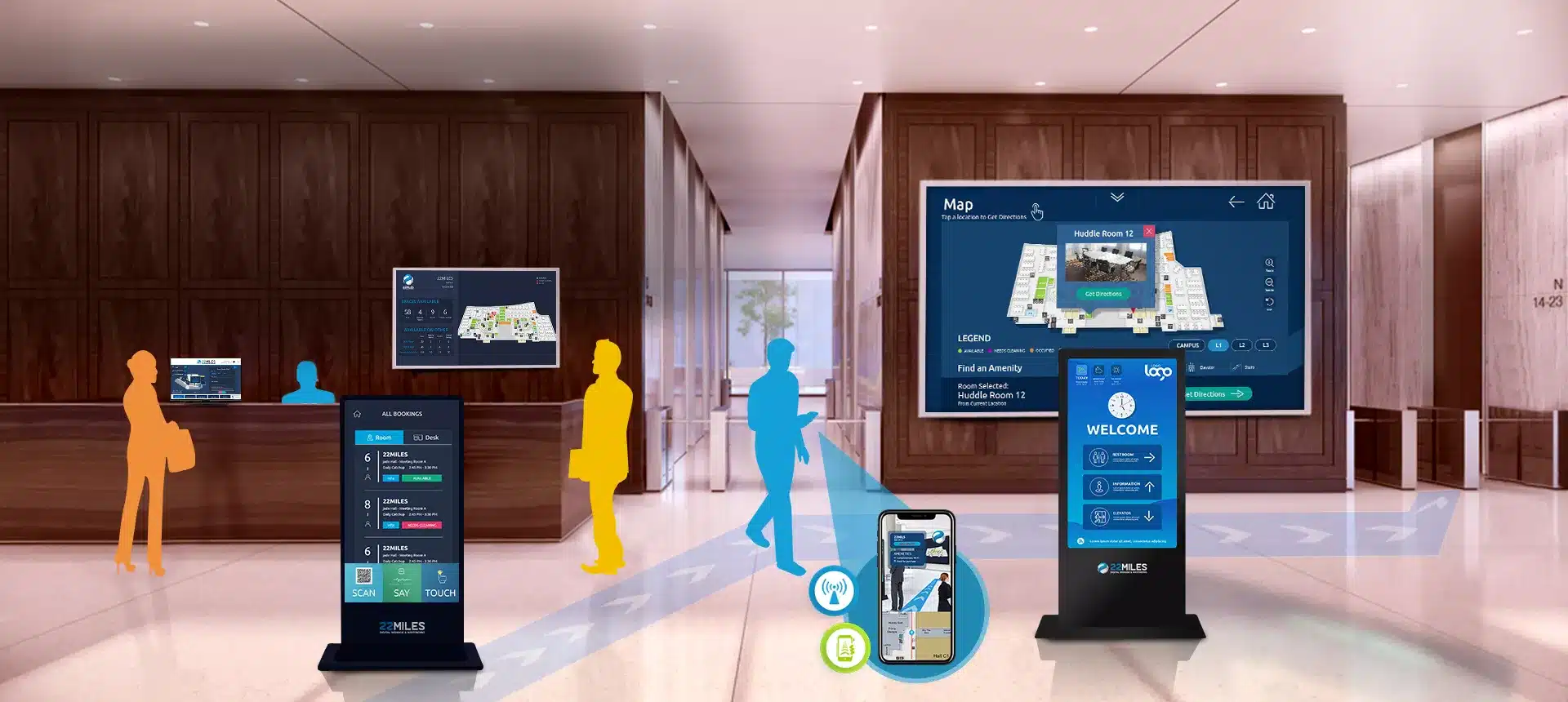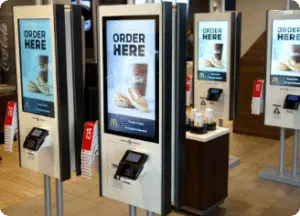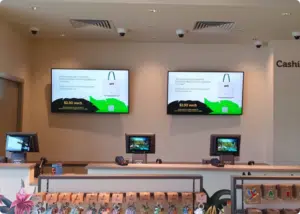
What Are Smart Wayfinding Solutions?
Smart wayfinding solutions leverage digital technology, artificial intelligence (AI), and real-time data to offer seamless navigation experiences. These systems utilize touchscreen kiosks, mobile applications, augmented reality (AR), and Internet of Things (IoT) connectivity to provide accurate, step-by-step directions tailored to the user’s needs.
Key Innovations in Smart Wayfinding
Benefits of Smart Wayfinding Solutions
Future Trends in Smart Wayfinding
- AI Chatbots for Instant Assistance: Users will be able to ask AI chatbots for directions and receive instant, detailed responses.
- 5G Connectivity for Faster Navigation: High-speed data transfer will enable real-time updates with minimal lag.
- Sustainability-Focused Solutions: Energy-efficient digital signage and eco-friendly routing suggestions will contribute to greener environments.
- Wearable Integration: Smartwatches and AR glasses will offer seamless, hands-free navigation experiences.
Conclusion
As technology continues to advance, smart wayfinding solutions are transforming navigation in complex environments, making it more efficient, accessible, and user-friendly. By integrating AI, AR, IoT, and real-time data, these systems not only enhance user experience but also improve operational efficiency for facility managers. As cities and businesses embrace digital transformation, smart wayfinding will play a crucial role in shaping the future of seamless, intelligent navigation.
















